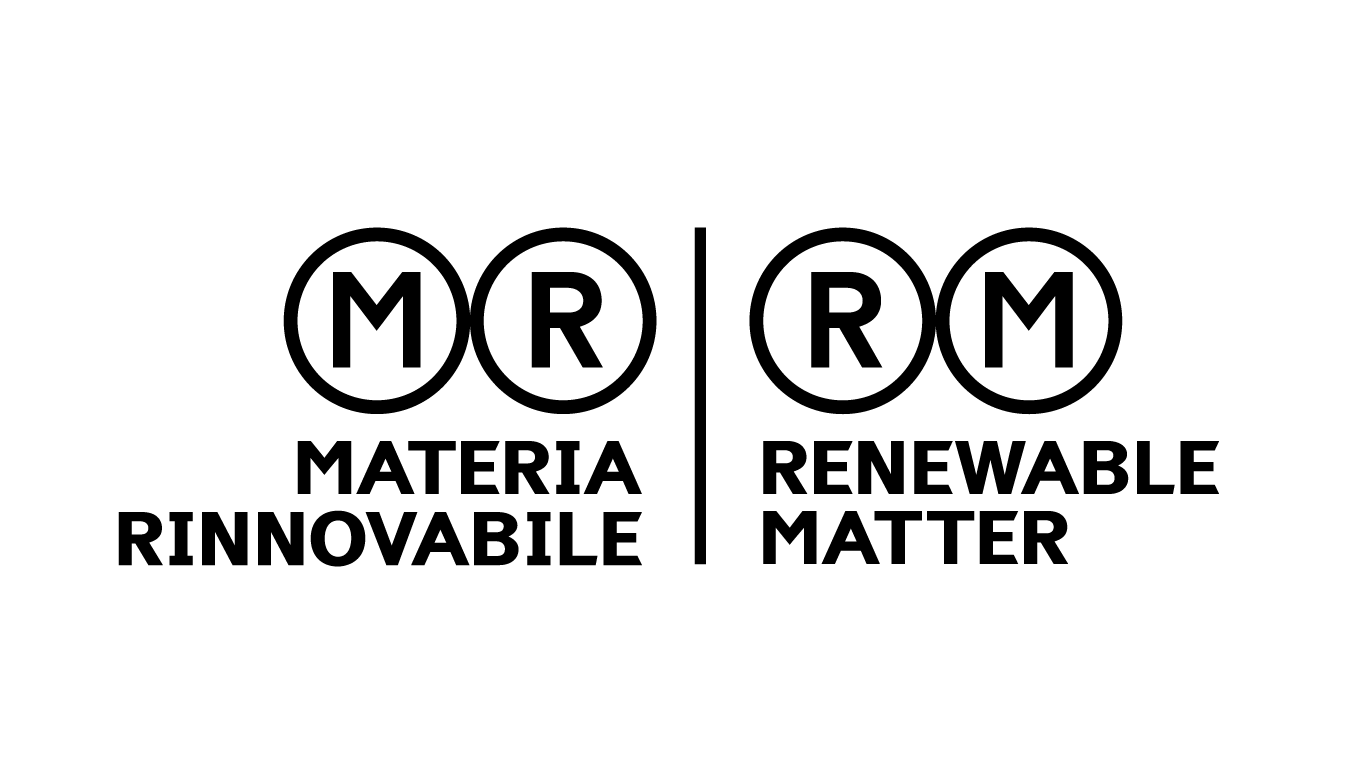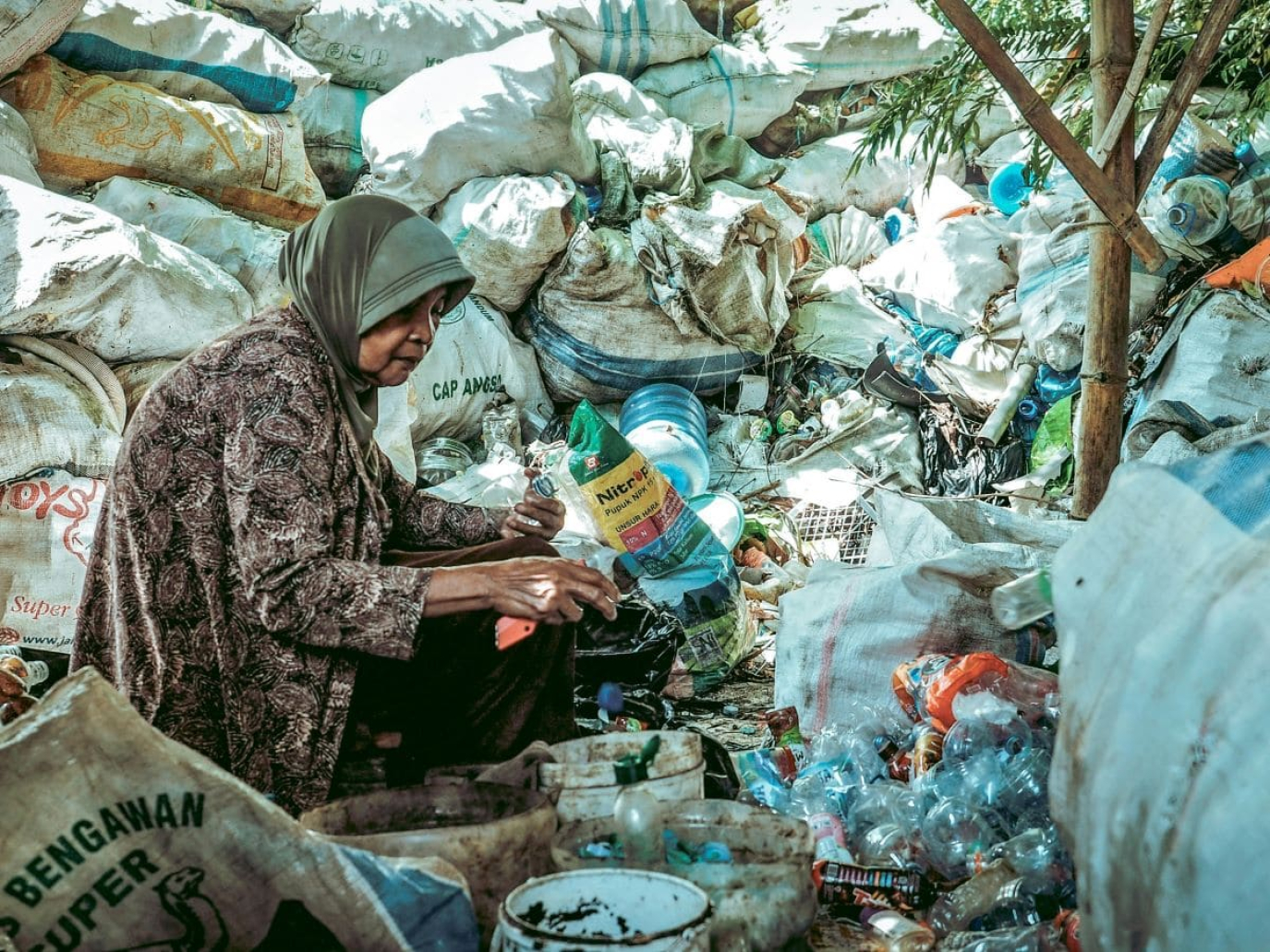
This article is also available in Italian / Questo articolo è disponibile anche in italiano
The extended fifth session of the Intergovernmental Negotiating Committee (INC-5.2) for a Global Plastics Treaty, suspended without agreement in Busan, South Korea, in December 2024, will resume in Geneva, Switzerland, on August 5. Plastic credits, i.e. certificates representing a specific weight of plastic collected and recycled by an organisation, have been promoted as a key financing mechanism for inclusion in the treaty.
According to the World Bank, they could help close a $240 billion annual funding gap for plastic waste management by 2040. A report by INC Expert Group 1 on Financial Mechanisms describes them as “innovative tools […] adopted by financial institutions [to] incentivise companies to transition to sustainable practices” and claims they are “results-based financial instruments.”
The study Unpacking Plastic Credits: Challenges to effective and just global plastics governance published in the scientific journal One Earth by an international consortium of independent scientists, however, shows that offsetting systems schemes such as plastic credits risk replicating structural failures in climate governance. This could lead to the obstruction of effective interventions such as caps on primary production, and could ultimately even exacerbate the toxic pollution crisis and climate change.
“Our paper […] highlights that plastic credits are not an appropriate approach to reduce plastic pollution or to finance reduction efforts,” said Melanie Bergmann, a researcher at the Alfred Wegener Institute, Helmholtz Centre for Polar and Marine Research (AWI) and co-author of the paper. According to the authors, members of the Scientists' Coalition for an Effective Plastics Treaty, plastic credits could create loopholes and undermine efforts to reduce plastic pollution by facilitating the growth of plastic polymer production, which is currently on track to triple by 2060. Greenhouse gas emissions from plastic production currently account for 5.3% of CO2 emissions and could drain up to 30% of the remaining budget by 2030, exacerbating the climate crisis.
Additionality is hard to prove
Plastic credits are emitted for downstream activities (removal and recycling), but not for upstream activities (such as promoting reuse). They are purchased by companies that, instead of directly reducing waste production, pay others to collect or recycle it elsewhere and in the future. This offsetting scheme, the authors of the One Earth research paper explain, has the same downsides already highlighted with carbon credits, including the lack of “additionality”. Additionality is the requirement that credits ought to be used to finance activities that would not have been undertaken without the financial support provided by the system itself. Proving additionality is complicated: collection and recycling typically occur before the credits are issued; reporting standards and transparency are lacking; and there are “significant uncertainties in projecting counterfactual baselines [leading to] the end result of artificially maximizing credible reductions.”
Verra is the organisation that manages the world's largest carbon credit program. As part of the negotiations for a global plastics treaty, Verra is pushing for the inclusion of plastic credits as a financing mechanism. Renewable Matter asked Verra whether their credits meet the principle of additionality, and if so, how. Komal Sinha, Senior Director, Policy and Government Engagement at Verra, responded via email that “additionality is an important feature of the plastic credits issued by Verra's Plastic Program. Section 7 of the Plastic Waste Collection Methodology and the Plastic Waste Recycling Methodology defines three different tests that a project can use to demonstrate that the impact of its activity would likely not have occurred in the absence of the credits system. For example, if a project can demonstrate that the collection rate in the area in which it operates is less than 20%, its collection activity will be considered additional.”
Reputational risks and greenwashing claims for companies
However, the problem of lack of additionality is also highlighted in the report Exploring Plastic Credit Schemes: Scope, risks and uncertainties drafted for Fauna & Flora by the consultancy firm Eunomia. Having reviewed the main existing plastic credit schemes, including those issued by Verra and those distributed by the Philippines-based Plastic Credit Exchange (PCX), the report highlights that “it is very difficult to have confidence that purchasing credits leads to real additionality.” In this regard, the report also highlights “the risks for companies in terms of potential reputational liabilities and claims of greenwashing against them if they engage in plastic credit markets.”
“The challenge presented by credit systems is that they seek to demonstrate additionality relative to a counterfactual,” explains Chris Sherrington, Head of Environmental Policy & Economics at Eunomia and lead author of the report for Fauna & Flora, to Renewable Matter. “This will always be challenging and controversial. By contrast, EPR doesn’t need this. Instead, it will need to provide a certain standard of collection coverage and demonstrate that it is achieving whatever targets have been set. Data on performance is still very important to understand how it is working, but it is about establishing absolute performance rather than trying to demonstrate additionality relative to a counterfactual.”
“I believe plastic credits are a dangerous distraction,” continues Kelvin Law, Associate Professor of Accounting at Nanyang Business School in Singapore, who was not involved in either the One Earth paper or the Fauna & Flora report, in his conversation with Renewable Matter. “They give polluters a ‘get out of jail’ free card. A company can continue to churn out useless single-use plastic, then purchase credits for a clean-up project and claim they are ‘plastic free’. It’s the perfect recipe for greenwashing.”
Dr. Law specialises in corporate sustainability, with a focus on identifying greenwashing and environmental credits. “The real problem is the overproduction of plastic itself. The only real solution is to turn off the tap at the source. We need a binding limit on plastic production. Anything else is just a discussion about how to best clean up a spill that’s growing by the second,” he concludes.
A universal benchmark for plastic emissions is not scientifically acceptable
Another problem highlighted by the One Earth paper is the “ton-for-ton” logic that oversimplifies the material, toxicological, and contextual complexity of plastic pollution. “There is no possible equivalence among plastics,” explains to Renewable Matter Andrea Bonisoli-Alquati, Associate Professor of Environmental Toxicology at California State Polytechnic University, Pomona, and co-author of the paper. “As a group, they comprise not only a variety of polymer types, but also a staggering array of chemicals, estimated at over 16,000. These are used as starting points in production, to simplify manufacturing, or added to plastics in order to impart strength, durability, or aesthetics. Over 4,200 of these chemicals are causes for concern for human health and ecosystems. Many others have not yet been characterised for their toxicity. So, essentially, any universal metric fails to capture the chemical complexity of plastics, leaving their toxic effects on humans and ecosystems unclear.”
“The most fundamental harm is perhaps how plastic credits risk legitimising continued plastic production, by allowing claims of plastic neutrality that may mislead or greenwash the image of companies and production sectors,” he continues. “They may also redirect attention and efforts away from crucial systemic changes, such as policy changes and Extended Producers Responsibility (EPR) systems, that would hold production companies accountable for the harm they cause to people and the environment […]. Plastic credits may fail to prevent the further development of a solution and worsen the plastic pollution crisis instead. By virtue of this failure, great harm will result to people and the ecosystems in which they live, as growing evidence is tying exposure to plastic to adverse health effects. Many plastic chemicals have been linked to metabolic diseases (such as diabetes), fertility problems, cardiovascular disease, and neurodevelopmental disorders,” concludes to Renewable Matter Andrea Bonisoli-Alquati.
Legitimising waste colonialism
“Many plastic credits are sold in Southeast Asia, the Philippines, Indonesia, and East Africa. These places are hotspots of plastic pollution, but they are also places where we [Western countries, ed.] export plastic waste. Most of the waste collected through credit programs ends up in cement kilns or burned in the open air. These activities are counted as recycling, even if they are not,” recounts Neil Tangri, Science and Policy Director of the Global Alliance for Incinerator Alternatives and co-author of the One Earth research paper. “The inclusion of plastic credits in the Global Plastics Treaty would encourage rich countries to ship more waste. If plastic credits become part of a country's environmental regulations, any activity funded by these credits would be legitimised.”
Neil Tangri explainsthat the export of plastic waste to countries that do not have adequate infrastructure for environmentally sound management is something that is now occurring in a “grey area,” even though much of this shipment should not be taking place under the Basel Convention on the Control of Movements of hazardous waste. “The enforcement of the Basel Convention is very weak, and [illegal plastic waste exports] involve organised crime. Plastic credits would make this completely legal and encourage it, making it more profitable than it already is,” the expert tells Renewable Matter.
The establishment of EPR systems should be a key objective of the Global Plastics Treaty
“It's important to recognise that waste collection and management must function as a system. Plastic credits are generated by individual projects or facilities; they're not designed or intended to bring about change throughout the entire system. EPR systems, on the other hand, can provide financing and help coordinate investments within the framework itself,” explains to Renewable Matter Chris Sherrington.
The Eunomia's report for Flora & Fauna shows that there are fundamental differences between well-designed EPR systems and credits. “EPR is a centrally managed system based on the guiding principle of cost recovery. If properly designed and implemented, it can play a coordinating role as waste collection and management are expanded. Credits, however, cannot do the same because they channel funding to individual collection and recovery projects, rather than providing funding systematically for the entire waste management system.” The report recommends, in fact, that “establishing cost recovery through Extended Producer Responsibility should be a key objective of the UN Plastics Treaty, rather than expanding credit mechanisms.”
Cover: picture by Bamban Heru Zgd, Unsplash



